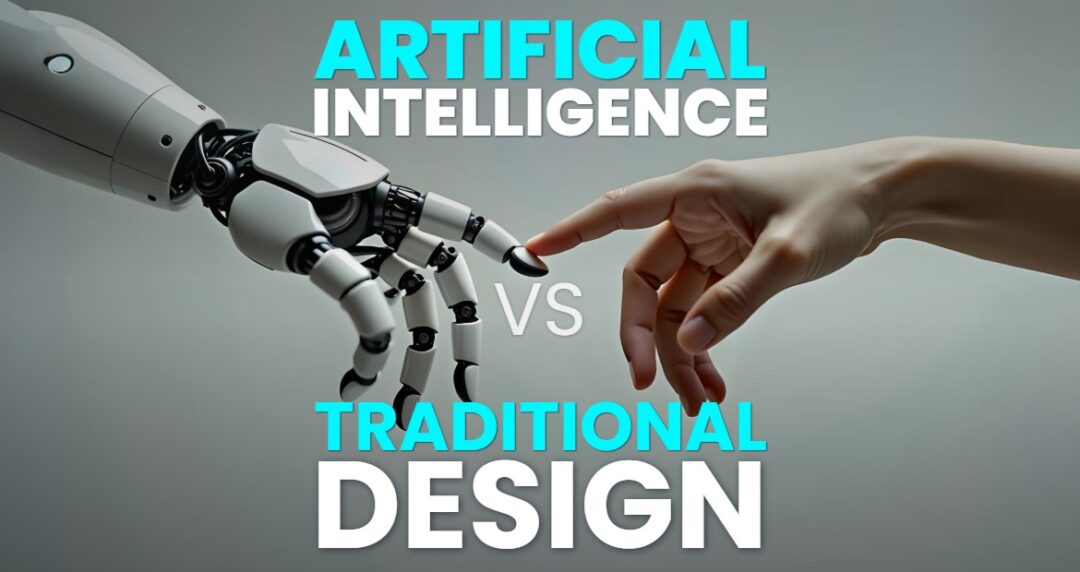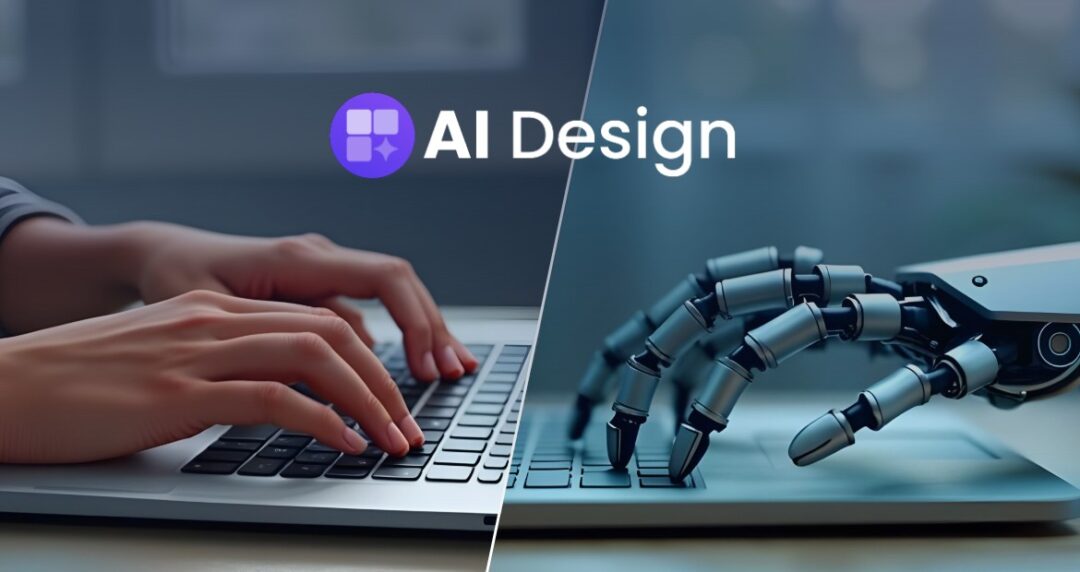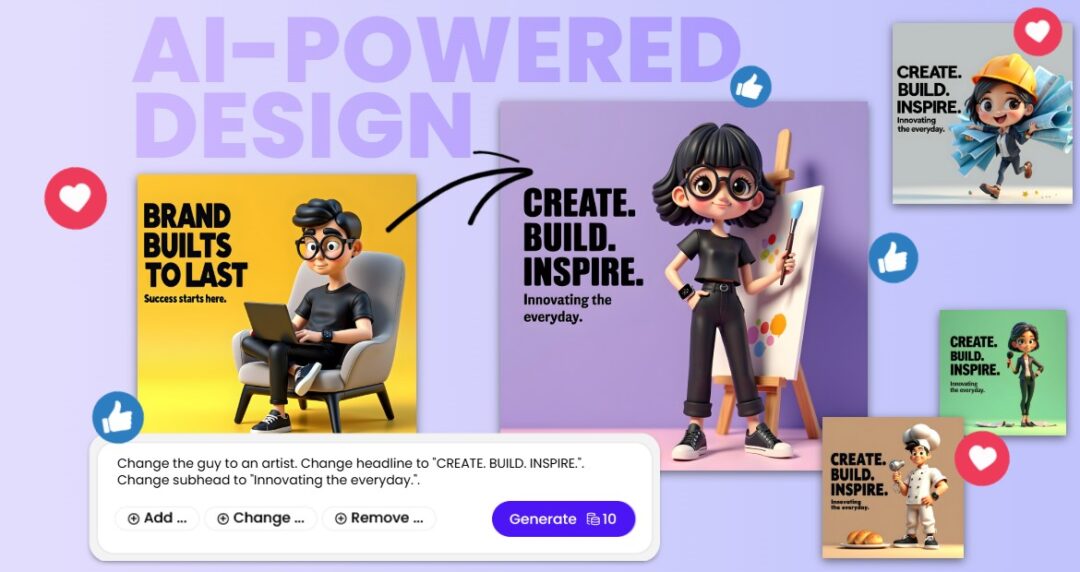
As we continue to navigate the complexities of the digital age, it’s becoming increasingly clear that artificial intelligence (AI) is transforming the way we approach design thinking. Gone are the days of relying solely on human intuition and creativity, where designers would spend hours brainstorming, sketching, and prototyping to bring their ideas to life. With the advent of AI, designers can now leverage the power of machines to create more innovative and user-centered solutions. AI-powered design tools are equipped with algorithms that can analyze vast amounts of data, identify patterns, and make predictions, allowing designers to make better decisions and create designs that are tailored to specific user needs. This fusion of human creativity and machine intelligence is revolutionizing the design industry, enabling designers to work more efficiently, effectively, and collaboratively. As a result, the traditional design process is being reimagined, and the lines between human and machine are becoming increasingly blurred. But what does this mean for traditional design tools, and how do they compare to their AI-powered counterparts? In this article, we’ll explore the key differences between AI design tools and traditional design tools, and examine the implications of this shift for the future of design.
Traditional Design Tools
For decades, traditional design tools have been the cornerstone of the graphic design industry. These tools, such as Adobe Creative Cloud, have been the go-to solutions for graphic designers looking to bring their visual ideas to life. At their core, traditional design tools rely on human creativity and technical skill to drive the design process. Graphic designers use these tools to conceptualize, create, and refine visual elements such as typography, color, and imagery, often relying on manual expertise to achieve the desired aesthetic.
The traditional design process for graphic designers typically begins with a brief or concept, which is then developed into a visual concept or sketch. From there, designers create a composition, selecting typography, color, and imagery that aligns with the client’s message and brand identity. This process can be time-consuming and labor-intensive, requiring designers to spend hours perfecting every detail, from font sizes to color palettes. While traditional design tools have been effective in the past, they are not without their limitations.
One of the primary limitations of traditional design tools is the time and effort required to use them effectively. Graphic designers must possess a high level of technical skill and creativity, which can be a barrier to entry for those new to the field. Additionally, traditional design tools can be limited in their ability to help designers explore new ideas or iterate quickly on existing ones. Perhaps most significantly, traditional design tools rely on human intuition and creativity, which can be subjective and prone to bias. As the design industry continues to evolve, it’s clear that traditional design tools are no longer the only solution. The advent of AI-powered design tools has opened up new possibilities for graphic designers, enabling them to work more efficiently, effectively, and collaboratively. But what exactly are AI-powered design tools, and how do they differ from their traditional counterparts?

The Evolution of Design Thinking in the Age of AI
As AI technology continues to advance, the design industry is undergoing a significant transformation. Graphic designers, in particular, are facing a new reality where the traditional design process is being reimagined. The evolution of design thinking in the age of AI is not about replacing human creativity, but about augmenting it with machine intelligence.
With the advent of AI, many manual design tasks are being automated, freeing up graphic designers to focus on higher-level creative decisions. For instance, AI-powered design tools can automatically generate typography style, color palettes, and even entire layouts, allowing designers to concentrate on developing the overall visual strategy and message. This shift in design tasks requires graphic designers to think differently about their role and how they can leverage AI to enhance their work.
AI-driven design is not just about using machines to perform tasks, but about collaborating with them to create new and innovative designs. Graphic designers can now work alongside AI algorithms to generate designs that are not only aesthetically pleasing but also data-driven and effective. This new era of collaboration requires designers to understand how to communicate with machines, inputting parameters and feedback to guide the design process.
The Rise of Hybrid Intelligence
The integration of human and machine intelligence is giving rise to a new form of hybrid intelligence that is revolutionizing the graphic design industry. By combining the creative strengths of humans with the analytical powers of machines, graphic designers can now create designs that are not only visually stunning but also informed by data and machine learning.
Hybrid intelligence refers to the collaboration between humans and machines to achieve a common goal. In the context of graphic design, hybrid intelligence involves designers working alongside AI algorithms to generate designs that are tailored to specific audiences, contexts, and objectives. This approach enables designers to tap into the strengths of both humans and machines, resulting in designs that are more effective, efficient, and engaging.
The benefits of hybrid intelligence in graphic design are numerous. For instance, designers can use AI algorithms to analyze vast amounts of data, identify patterns, and make predictions about user behavior. This information can then be used to inform design decisions, ensuring that the final product is tailored to the needs and preferences of the target audience. Additionally, hybrid intelligence enables designers to automate repetitive tasks, freeing up time to focus on higher-level creative decisions.

The Future of Graphic Design: Human + Machine
As AI continues to evolve, the future of graphic design will be shaped by the intersection of human creativity and machine intelligence. Graphic designers who can harness the power of AI will be able to create innovative, effective, and engaging designs that resonate with audiences. The future of graphic design is not about humans versus machines, but about humans and machines working together to create something entirely new and exciting.
The future of graphic design will be characterized by a new era of collaboration between humans and machines. Designers will work alongside AI algorithms to generate designs that are tailored to specific objectives, audiences, and contexts. This collaboration will enable designers to tap into the strengths of both humans and machines, resulting in designs that are more effective, efficient, and engaging.
The AI-powered Design Thinking Process
The AI-powered design thinking process is a modified version of traditional design thinking, with a few key differences. It begins with empathizing, where AI-powered user research and sentiment analysis are used to gain a deeper understanding of the user. The define stage involves data-driven problem definition and identification, while the ideate stage utilizes AI algorithms to generate solutions. Prototyping is also powered by AI tools, allowing for rapid and efficient testing. Finally, the test stage leverages AI for feedback collection and analysis, enabling designers to refine their solutions.
The AI design process involves several key stages, including data collection and analysis, model training and development, AI-driven ideation and prototyping, and continuous testing and improvement. By analyzing large datasets, AI can uncover deep user insights and trends, while model training and development ensure that AI-generated solutions are fair and unbiased. AI-driven ideation and prototyping enable designers to explore different design options and identify the most effective solutions, and continuous testing and improvement ensure that solutions are user-centered and meet the needs of diverse users.
In comparison to traditional design thinking, the AI design process offers several advantages, including increased efficiency, accuracy, and user-centeredness. However, it also requires designers to develop new skills and adapt to new technologies. By understanding the key stages and benefits of the AI design process, designers can harness the power of AI to create innovative and effective solutions that meet the needs of their users. Ultimately, the AI design process is not a replacement for traditional design thinking, but rather a complementary approach that can enhance and augment the design process.

Advantages of AI-powered Design Thinking
The AI-powered design thinking process offers several advantages over traditional design thinking, including increased efficiency, improved accuracy, enhanced user-centeredness, and increased innovation. With AI, designers can automate tedious tasks, analyze large datasets to uncover deep user insights and trends, generate solutions that meet the needs of diverse users, and create novel solutions that may not have been possible with traditional design thinking.
However, AI-powered design thinking also presents several challenges, such as eliminating bias in AI systems, securing buy-in from stakeholders for AI-generated solutions, addressing ethical concerns around consent and transparency, and developing new skills to work effectively with AI tools. To overcome these challenges, designers need to develop diverse datasets to train AI tools, educate stakeholders on the benefits of AI-generated solutions, ensure that AI solutions are transparent and fair, and invest in training and development programs to equip designers with the necessary skills.
Despite these challenges, AI offers numerous opportunities for designers to enhance their work. For instance, AI can analyze large datasets to uncover deep user insights and trends during the discovery phase, generate wireframes and prototypes to test and refine solutions during the ideation and prototyping phases, automate tedious tasks to improve efficiency, and generate novel solutions that may not have been possible with traditional design thinking. By harnessing the power of AI, designers can create innovative and effective solutions that meet the needs of their users. Ultimately, the key to successful AI design thinking is to strike a balance between the benefits of AI and the needs of users, while also addressing the challenges and limitations of AI-generated solutions.
The Future of Design: Human-AI Collaboration
The future of design is evolving with the integration of artificial intelligence (AI) into the design process. Human-AI collaboration combines the creativity and intuition of human designers with the precision and speed of AI, creating revolutionary designs that push the boundaries of what is possible.
This collaboration offers several benefits, including increased efficiency, improved accuracy, enhanced user-centeredness, and increased innovation. AI can automate repetitive tasks, analyze large datasets to reduce errors, and generate designs tailored to specific user needs and preferences.
As AI continues to evolve, it will play a larger role in the design thinking process. Designers will need to develop new skills, such as working with AI algorithms and interpreting data, and adapt to new technologies, like AI-powered design tools.
The integration of AI into design thinking revolutionizes the way designers work, enabling them to work more efficiently, effectively, and creatively. By combining human creativity with AI precision, designers can create innovative solutions that meet the needs of a rapidly changing world.
